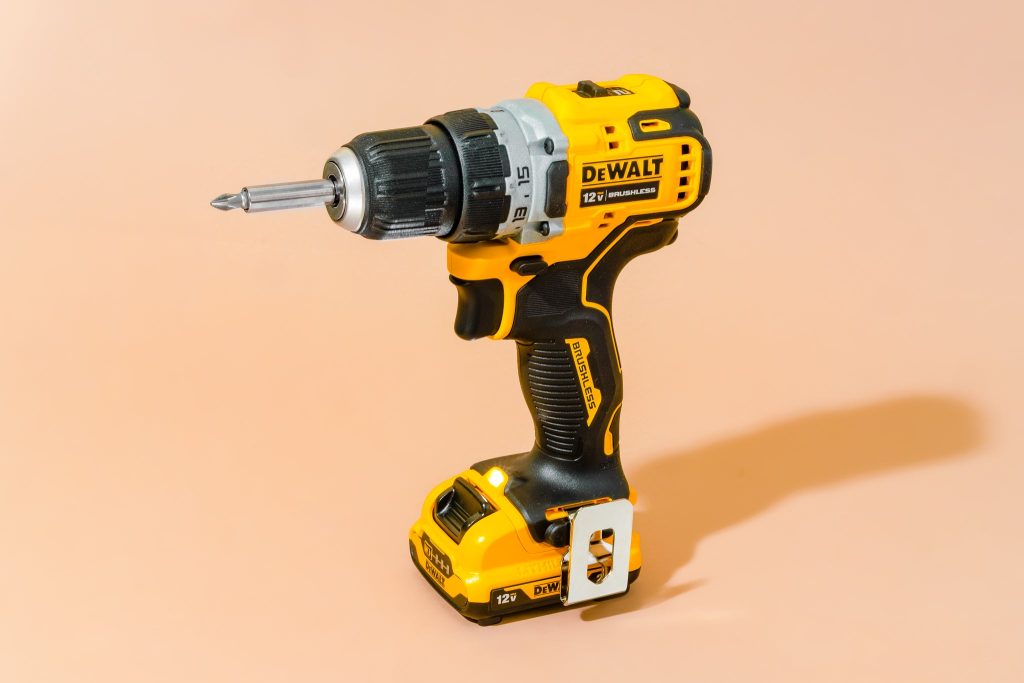Electric drills have become an indispensable tool in the arsenal of any DIY enthusiast or professional tradesperson. With their versatility, power, and precision, they have revolutionized the way we approach various tasks, from simple household repairs to complex construction projects. Navigating the world of electric drills can be overwhelming with the plethora of options available on the market. Understanding the key features and considerations can help you make an informed decision and ensure that you have the right tool for the job. Power is the first consideration when choosing an electric drill. The power of a drill is typically measured in watts or volts, indicating the amount of electrical energy consumed or the force exerted by the motor, respectively. Higher wattage or voltage generally translates to greater drilling power, allowing you to tackle tougher materials with ease. However, it is essential to balance power with practicality, as excessively powerful drills may be unnecessary for everyday tasks and can be more challenging to handle. Ergonomics and comfort are often overlooked but critical aspects of electric drills, particularly for prolonged use.

Another crucial factor to consider is the drill’s speed and torque. ElecVenture electric drills come with variable speed settings, allowing you to adjust the rotation speed according to the task at hand. Higher speeds are ideal for drilling through softer materials like wood or plastic, while lower speeds provide better control and precision when working with harder materials such as metal or masonry. Additionally, torque, which is the rotational force exerted by the drill, determines its ability to drive screws or bore holes effectively. Opting for a drill with adjustable torque settings enables you to tailor the power output to suit different applications, preventing over-tightening or stripping of screws. The type of chuck is another essential consideration when selecting an electric drill. Chucks are mechanisms used to hold and secure drill bits or other attachments in place. Keyless chucks allow for quick and effortless bit changes without the need for additional tools, offering convenience and efficiency, especially during repetitive tasks. On the other hand, keyed chucks provide a more secure grip and are preferred for heavy-duty applications where stability and precision are paramount.
A well-designed drill should feature a comfortable grip and a balanced weight distribution to minimize fatigue and strain on the user’s hands and arms. Additionally, consider the overall size and shape of the drill, ensuring that it fits comfortably in your hand and allows for easy maneuverability, especially in tight or awkward spaces. Battery-powered drills offer the convenience of cordless operation, allowing for greater mobility and flexibility on job sites without access to power outlets. When choosing a cordless drill, pay attention to the battery type, capacity, and runtime. Lithium-ion batteries are preferred for their lightweight design, quick charging times, and minimal self-discharge, ensuring consistent performance throughout the task. Opting for a drill with interchangeable batteries allows for uninterrupted workflow by keeping spare batteries on hand, eliminating downtime for recharging. Finally, consider the additional features and accessories offered with the drill, such as built-in LED lights, belt clips, or auxiliary handles. These features can enhance usability and productivity, providing added convenience and versatility in various applications.
